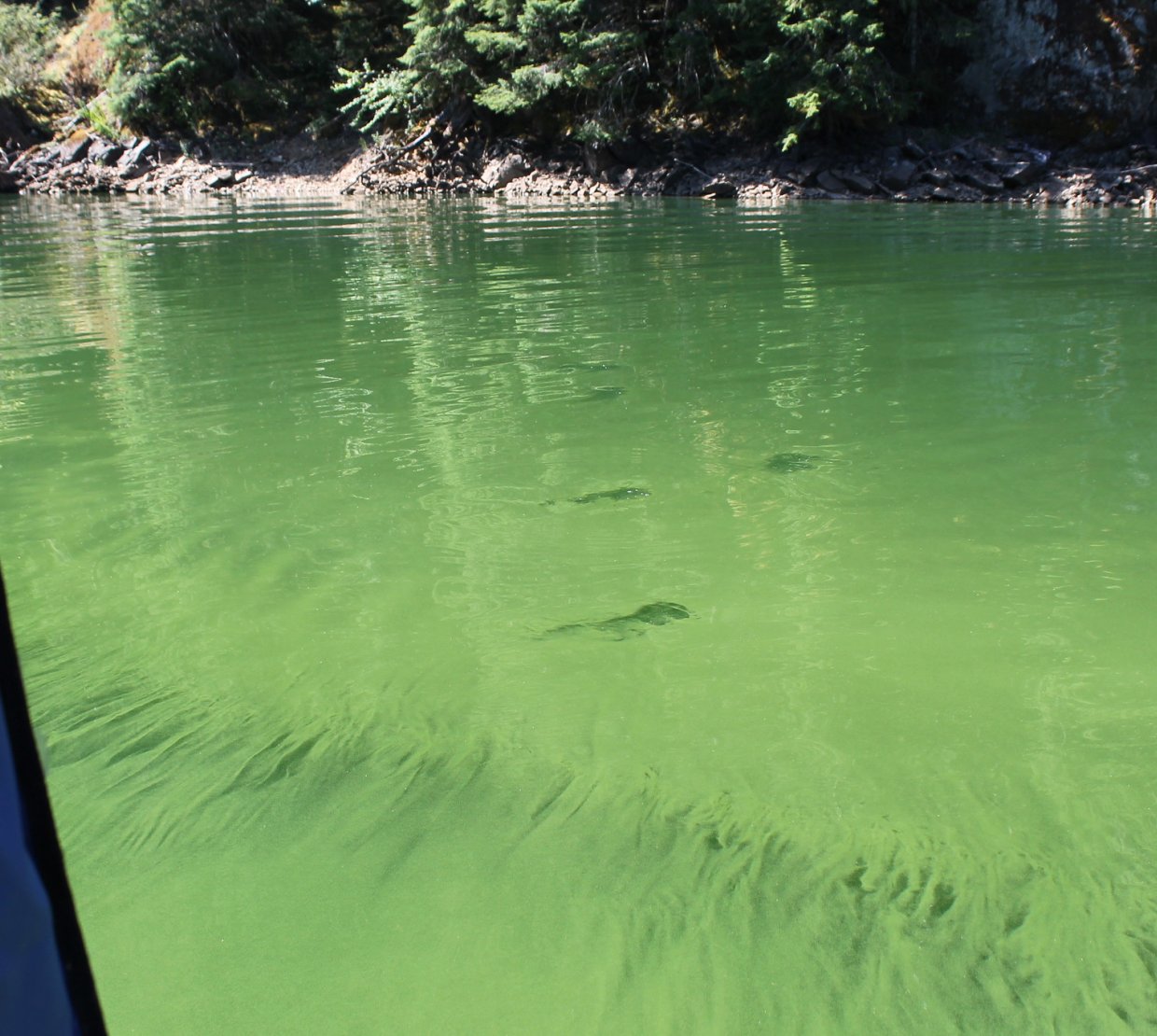A long-term analysis shows that a major Oregon reservoir abruptly swapped one type of toxic algae for another midway through the 12-year study period, absent any obvious cause.
The project provides a novel look at harmful algal blooms, or HABs, which pose multiple health risks to people and animals worldwide.
Harmful algal blooms in lakes and reservoirs are explosions of cyanobacteria, often referred to as blue-green algae. Microscopic organisms ubiquitous in all types of water around the globe, cyanobacteria use sunlight to make their own food and in warm, nutrient-rich environments can quickly multiply, resulting in blooms that spread across the water’s surface.
These blooms can form at any time of the year but most often occur between spring and fall. Some types of cyanobacteria produce liver toxins and neurotoxins, while others make toxins that can cause gastrointestinal illness if swallowed and acute rashes upon contact with skin.
“Not every cyanobacterial bloom is toxic, but it is always wise to follow the rule of avoiding contact when there’s green growth in the water,” said Theo Dreher, professor emeritus of microbiology at Oregon State University. “Potential exposure to cyanotoxins is of public health concern, and blooms particularly pose a threat to dogs entering lakes.”
The body of water in the study, Detroit Reservoir in the Cascade Range foothills, is a popular recreation spot and also the source of drinking water for Oregon’s capital city of Salem and other communities downstream of Detroit Dam on the North Santiam River.




